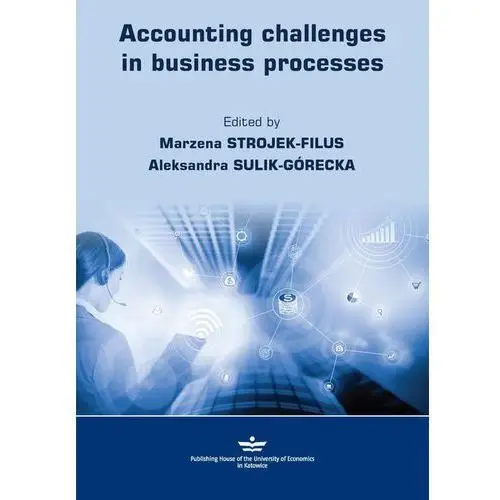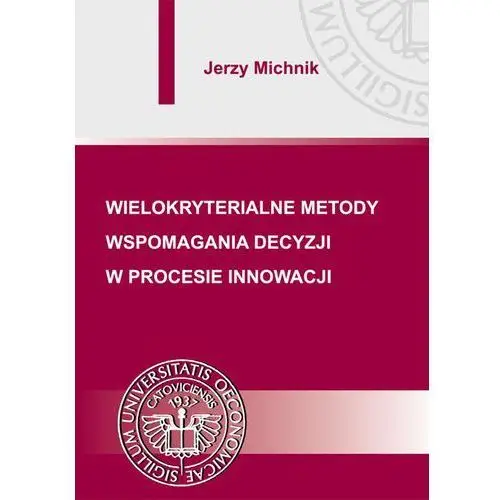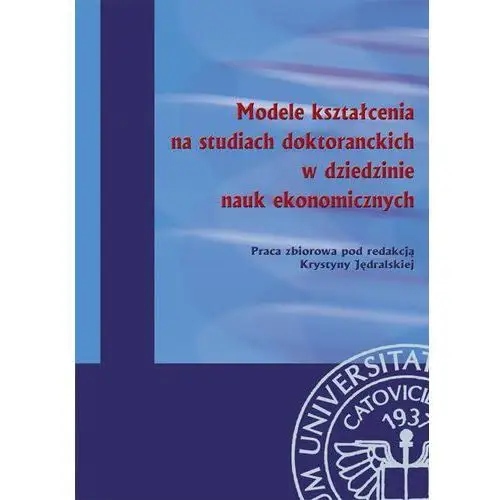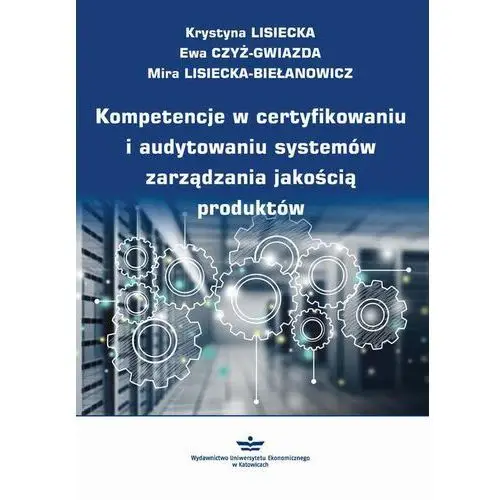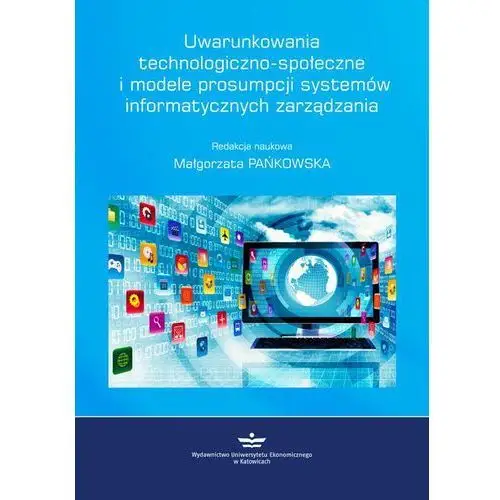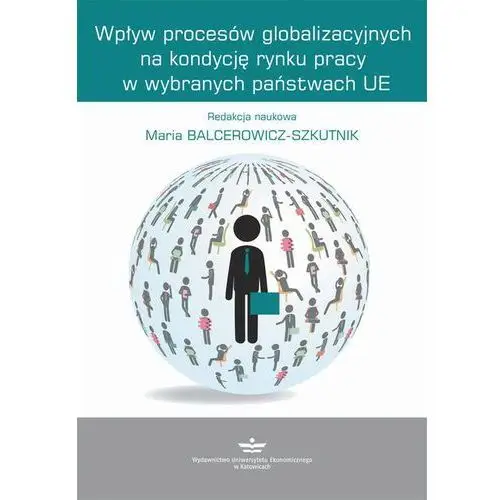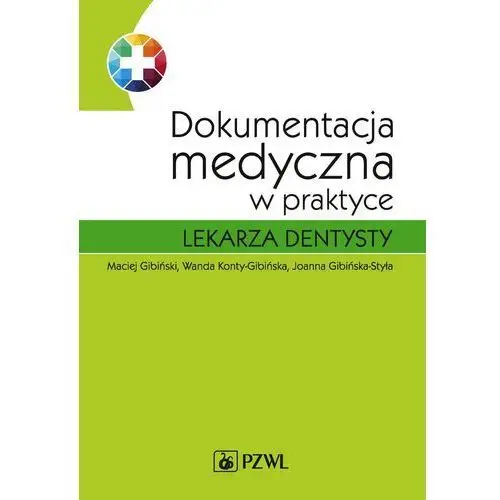1. MEASUREMENT IN ACCOUNTING IN TERMS OF BUSINESS PROCESSES 11
1.1. Revenue in theoretical concepts of accounting (Lucyna Poniatowska) 11
1.1.1. Concepts of performance measurement in accounting 11
1.1.2. Revenue in theoretical concepts of accounting and accounting regulations 15
1.1.3. Principles of revenue measurement and recognition 18
1.1.4. Conclusion 21
1.2. Accrual and cash measurement in the accounting of public finance sector entities (Iwona Franczak) 22
1.2.1. Organizational and legal forms of public finance sector entities in Poland 22
1.2.2. Measurement under cash and accruals convention in accounting for the public finance sector in Poland 25
1.2.3. Measurement principles in accounting and International Public Sector Accounting Standards 27
1.2.4. Conclusion 29
1.3. Principles governing accounting records for European Union Funds (Ewelina Papaj-Wlisłocka) 30
1.3.1. The role of EU grants in Poland 30
1.3.2. Tasks financed with EU funds – formal and accounting requirements 33
1.3.3. Accounting policy and company’s chart of accounts 33
1.3.4. Accounting data archiving 35
1.3.5. Financing tasks from EU funds in the economic practice of Silesian associations 36
1.3.6. Conclusion 40
2. DIVERSIFICATION OF DISCLOSURES IN THE FINANCIAL AND NON-FINANCIAL STATEMENT 41
2.1. Presentation of information on capital relations in the financial report under Polish legal regulations (Marzena Strojek-Filus) 41
2.1.1. Capital relations pursuant to the Accounting Act 41
2.1.2. The obligation to consolidate financial statements and the control relationship 45
2.1.3. Information disclosures on capital relations in a separate financial statement 51
2.1.4. Conclusion 53
2.2. Disclosure of information on intangible assets in terms of materiality principle (Iwona Kumor) 54
2.2.1. Materiality principle and disclosures of intangible assets 55
2.2.2. Recognition of intangible assets in the financial statement 56
2.2.3. Disclosure of information on intangible assets in the financial statement 58
2.2.4. Assessment of the scope and materiality of information disclosures on intangible assets 60
2.2.5. Conclusion 62
2.3. Reporting non-financial information from ESG areas (Katarzyna Tkocz-Wolny) 63
2.3.1. Non-financial information legal regulations 63
2.3.2. Entities under the non-financial reporting obligation 64
2.3.3. The scope of mandatory non-financial reporting 66
2.3.4. Conclusion 71
3. SELECTED ISSUES OF MODERN ACCOUNTING 73
3.1. The importance of investment fund reporting (Aleksandra Sulik-Górecka) 73
3.1.1. The role of investment funds in modern business 73
3.1.2. Information needs of financial statement users 76
3.1.3. Reporting obligations of investment funds in Poland 77
3.1.4. The role of information disclosed in the financial statement in investment decision-making 83
3.1.5. Conclusion 86
3.2. Business model in healthcare – a review of research directions (Aleksandra Szewieczek) 86
3.2.1. Challenges of managing healthcare entities 87
3.2.2. Business model as a ‘new’ management concept 88
3.2.3. Research into the business model in healthcare 92
3.2.4. Mapping the business model in accounting – an outline 97
3.2.5. Conclusion 99
3.3. Selected problems of accounting of non-commercial entities under the applicable legal regulations in Poland (Aneta Wszelaki) 100
3.3.1. The concept and types of non-commercial entities 100
3.3.2. Organisation of accounting in non-commercial entities 104
3.3.3. Reporting of non-commercial entities 108
3.3.4. Conclusion 110
3.4. GRI G4 Guidelines for presenting environmental information in mandatory and optional reporting of economic entities (Aleksandra Ferens) 110
3.4.1. Introduction 110
3.4.2. Framework for reporting environmental information under GRI G4 111
3.4.3. Mandatory and optional reports presenting environmental information 115
3.4.4. Analysis of environmental information presented in the management and Corporate Social Responsibility reports 116
3.4.5. Conclusion 121
CONCLUSION 123
REFERENCES 125
LIST OF FIGURES 141
LIST OF TABLES 142
ABOUT THE AUTHORS 143
